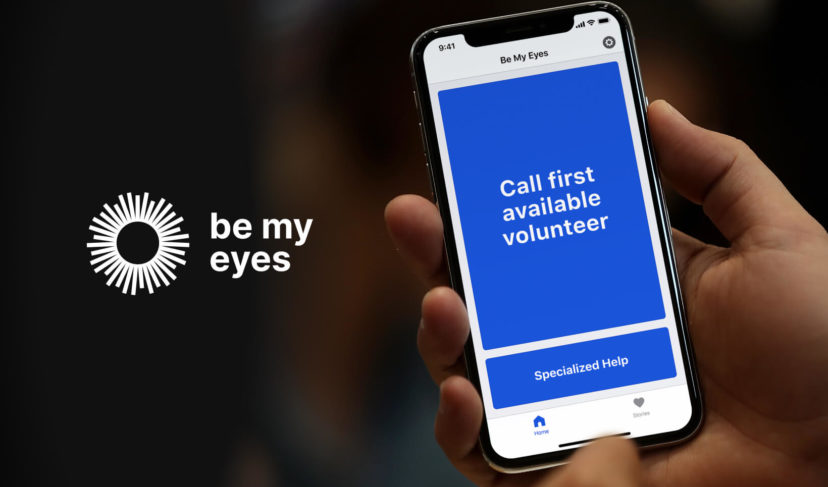Alt Text Advocacy
Advocating for digital inclusivity through empathy, education, and action

My Journey to Accessibility
Coming from someone who was embarrassingly unaware of accessibility in daily life in both the physical world and in digital format, working with Tamman over the last year and a half has been nothing short of a learning experience. This team creates the safest space to make mistakes, speak your mind, and address one’s ignorances in a way that is always centered around bettering oneself and the world around you – and never makes anyone feel bad in this process.
When I first started writing content for Tamman, I was nervous. I do not come from a technology background, and again, was not privy to the world of accessibility and A11y. A11y, I have learned is shorthand for ‘digital accessibility’. This being said, my confidence came from knowing that our values aligned – striving for a world where all individuals feel seen, heard, and included – and always advocating for what’s right. The Tamman team embodies this wholeheartedly, so I knew we would be a great fit. Anything I didn’t know, I knew this team would help me learn.
Advocating for accessibility in social media tools
After hours of research, demos, and chatting with Tamman’s accessibility team, I was introduced to the very important world of ‘alt text’ – especially in my role as social media manager and content creator. ‘Alt text’ is alternative text or alternative attributes that provide a description for non-text images in a digital space. This allows for screen readers to describe important context to users with visual use constraints. After interacting with other content creators in the A11y space, I became somewhat of an alt text enthusiast. In my personal internet/social media adventures, I am constantly checking which content creators include alt text, which companies prioritize accessibility, and which obviously don’t. One thing that Tamman really drives home is that shaming others for not knowing is never an option. Instead drive awareness through empathy, understanding, and education, always. While I have taken an enthusiast’s approach with the content/images I control, I have learned that is not always the case when working with external platforms. Such was the case with our social media scheduling platform, Loomly.
I had been using Loomly for a while to schedule out social media posts, and after working with a few different scheduling platforms in the past, they were the most user friendly, in my opinion. That is, until I realized while adding photos to posts that adding alt text was not an option. I found this odd, since all social media platforms allow you to add alt text within their platforms, why would social media scheduling tools not let you do the same? I decided to reach out to Loomly to kindly ask if they would consider adding an alt text option to their platform. I included a brief explanation – with empathy, understanding, and education in mind – of what I’ve learned of its importance over the last year of working with Tamman. It is easier to overlook something like this, especially if the option isn’t staring you in the face. I explained that adding an option to write alt text on images would simply be a step in ensuring that the content scheduled through the Loomly platform is content that can be available for all users to interact with and understand, regardless of ability. As a response to my novel of an email, the Loomly team responded to me promptly and noted that they would speak to their developers about this “additional feature”. Honestly, I didn’t see this going well and figured that I’d just gotten a polite brush off.
It would have been easier for me to just accept the tool as is without the ability to add alt text. It would have been easier for Loomly to simply brush off one user asking for an improvement. But that is not what happened. Fast forward to a few months later when I received an email from Loomly saying that alt text has been added as a feature to their platform in hopes of creating a more accessible and inclusive world for all. My heart skipped a beat, knowing that something so small would have such a huge impact on so many. I was proud.
I thank Loomly for being so receptive to user feedback, and I thank Tamman for opening my eyes to a small way to help the world be a better, more inclusive place for all. I would encourage everyone to speak up, write an email, tweet a company to advocate for a more inclusive world. It is not hard to do so with a little awareness building, a little empathy, and professionally. Because at the end of the day…
…doing the right thing feels damn good!
___
Bailey Harris is a writer, content creator, and contributor to Tamman Inc., focused on promoting mission and purpose through storytelling.





